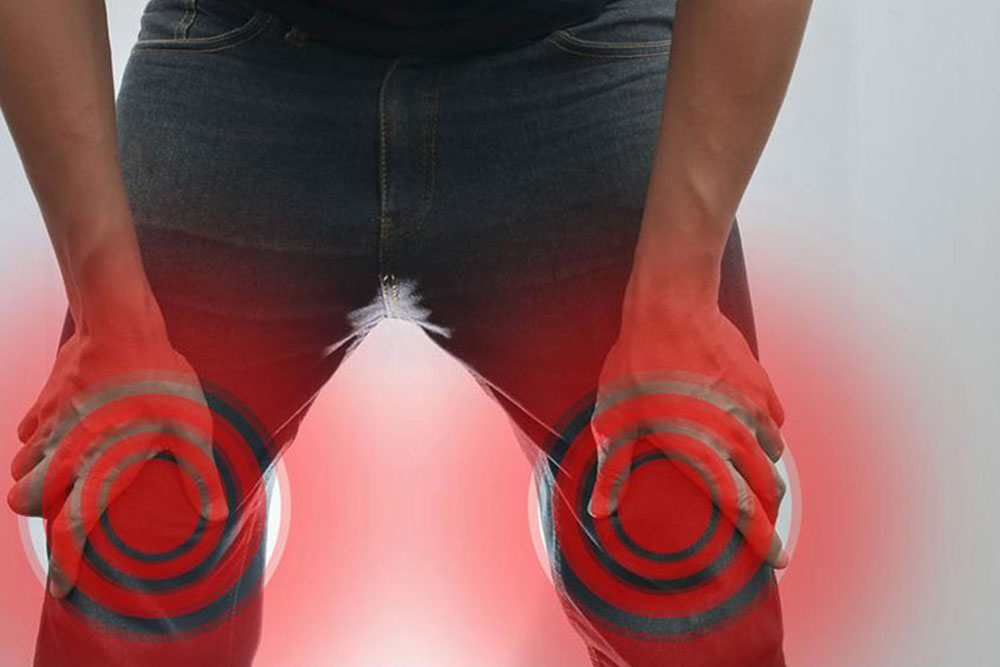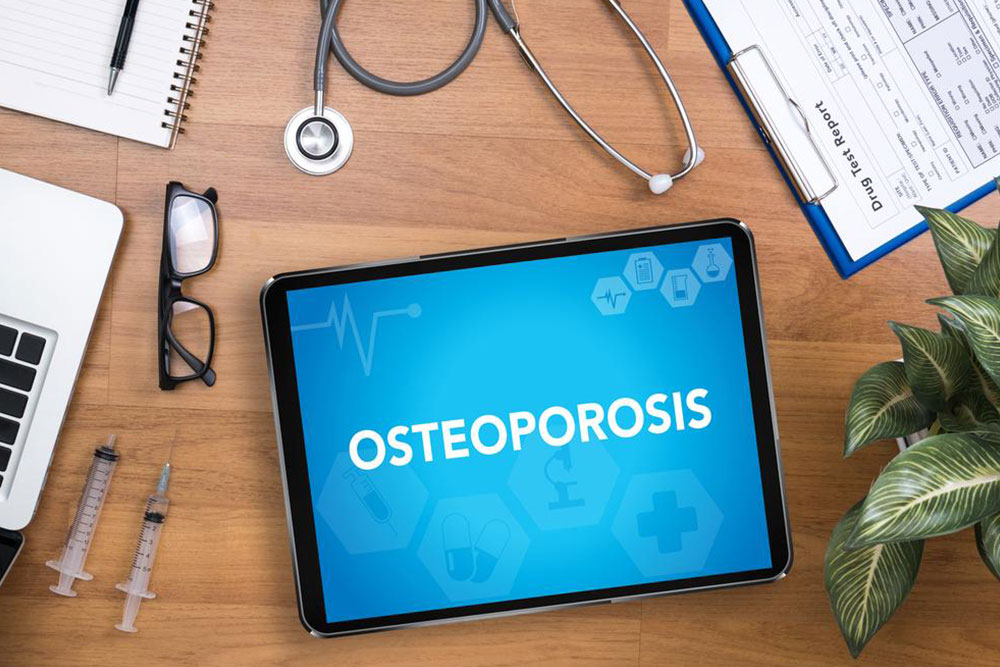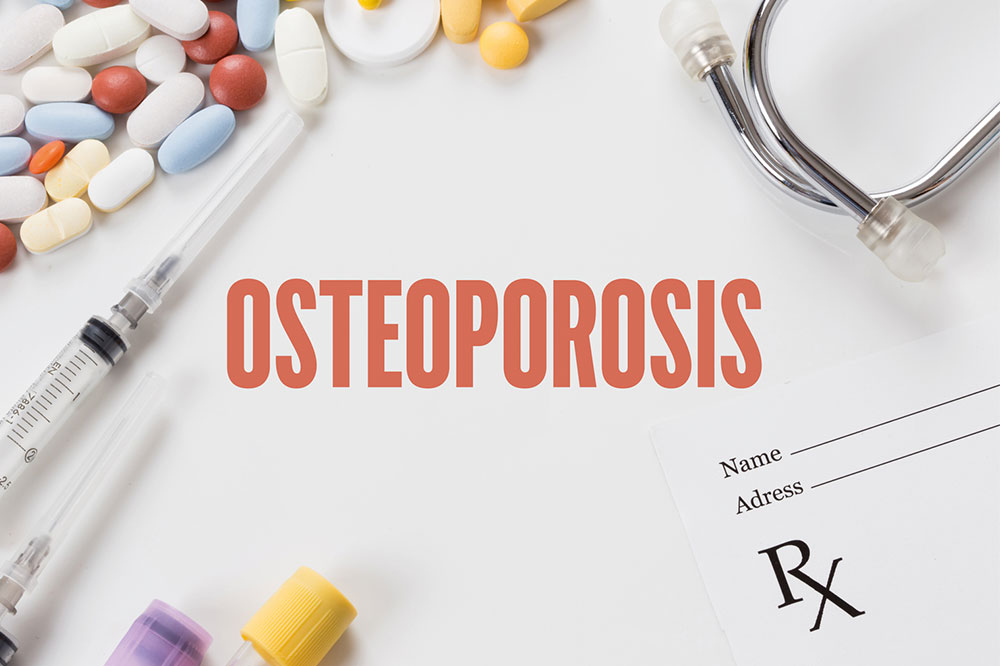Comprehensive Strategies for Understanding and Preventing Osteoporosis
This comprehensive guide provides in-depth insights into osteoporosis, covering risk factors, symptoms, diagnosis, and prevention. It emphasizes lifestyle modifications, early detection strategies, and medical treatments vital in maintaining strong bones and preventing fractures, especially for high-risk groups like postmenopausal women. Understanding these elements helps individuals take proactive steps towards healthy aging and bone health preservation.

A Comprehensive Guide to Understanding and Preventing Osteoporosis
Osteoporosis is a widespread bone disease characterized by decreased bone density and deterioration of bone tissue, which significantly increases the risk of fractures. This condition develops when the body’s natural process of bone renewal becomes imbalanced, with bone resorption outpacing new bone formation. As a result, bones become increasingly fragile, porous, and susceptible to fractures, especially in critical areas such as the hips, spine, and wrists. Understanding osteoporosis, its risk factors, symptoms, and prevention strategies is essential for maintaining bone health throughout life.
This condition affects both men and women, but certain groups, particularly postmenopausal women, are at higher risk due to hormonal changes that accelerate bone loss. Age is a significant factor, with bone density typically starting to decline after age 30. Factors such as genetics, ethnicity, body type, lifestyle choices, and existing health conditions contribute to an individual's susceptibility.
Symptoms of osteoporosis are often subtle in the early stages but may include a stooped posture, chronic back pain, loss of height over time, and increased fracture incidence from minor falls or injuries. Recognizing these early signs and seeking medical evaluation can prevent severe complications. The diagnosis process involves comprehensive medical history assessment, physical examinations, blood tests, and bone density scans such as Dual-Energy X-ray Absorptiometry (DEXA), which quantifies bone mineral density.
Prevention and management hinge on lifestyle modifications, early detection, and appropriate medical interventions. Strategies include quitting smoking, moderating alcohol intake, ensuring a diet rich in calcium and vitamin D, engaging in regular weight-bearing and resistance exercises, and staying physically active. For those with higher risk or early signs of osteoporosis, doctors may prescribe medications to slow bone loss and strengthen bones. Regular health check-ups and bone density testing are critical for early intervention.
Furthermore, understanding the role of nutrition, including foods high in calcium like dairy products, leafy greens, and fortified foods, as well as adequate vitamin D to facilitate calcium absorption, is vital. Sun exposure and vitamin D supplements can also support bone health. Additionally, minimizing fall risks in the home environment and practicing balance and strength training exercises can prevent fractures in at-risk populations.
In-Depth Factors Contributing to Osteoporosis Risk
Genetics play a role in determining bone density and the likelihood of developing osteoporosis. Certain familial traits predispose individuals to weaker bones. Gender is a prominent factor, with women having a higher predisposition, especially after menopause due to decreased estrogen levels that help preserve bone mass. Ethnically, Caucasian and Asian populations tend to have higher rates of osteoporosis than African or Hispanic groups.
Age is inevitable in bone health decline. Bone loss begins silently after 30, and the rate accelerates post-menopause for women. Medical conditions like hyperthyroidism, rheumatoid arthritis, and osteoporosis-related syndromes, along with medications such as corticosteroids, can exacerbate bone loss. Lifestyle factors, including smoking, excessive alcohol consumption, sedentary habits, and poor nutrition, also contribute significantly to osteoporosis risk.
Previous fractures and low body weight are clinical indicators of diminished bone strength. For high-risk groups, proactive screening and preventive measures are crucial to minimizing future fracture risks.
Recognizing Symptoms and Diagnosing Osteoporosis
Early osteoporosis often presents without noticeable symptoms, making routine screening vital for at-risk individuals. When symptoms do appear, they can include a gradual loss of height, stooped posture (kyphosis), persistent back pain, and increased fracture frequency from minor traumas. These fractures predominantly occur in the hips, spine, and wrists, severely impacting mobility and quality of life.
Diagnostics involve a thorough clinical evaluation combining physical examinations with diagnostic tests. Blood tests can help rule out other causes of bone weakness, such as hormonal imbalances. The cornerstone of osteoporosis diagnosis is bone mineral density (BMD) testing, with DEXA scans being the most accurate and commonly used tool. A T-score of -2.5 or lower indicates osteoporosis, whereas scores between -1 and -2.5 suggest osteopenia, a precursor condition.
Early diagnosis allows for timely intervention, which is critical for preventing fractures and maintaining independence in aging populations.
Effective Prevention Methods and Treatment Options
Preventing osteoporosis involves a combination of lifestyle choices and medical strategies. Adopting a balanced diet rich in calcium and vitamin D is foundational. Dairy products like milk, cheese, and yogurt, leafy greens such as kale and spinach, and fortified foods help meet daily calcium needs. Vitamin D is essential for calcium absorption; sources include sunlight exposure, fatty fish like salmon and mackerel, and supplements when necessary.
Engaging in regular physical activity, particularly weight-bearing exercises (walking, jogging, dancing) and resistance training, stimulates bone formation and improves overall musculoskeletal health. These activities also enhance balance and coordination, reducing fall risks.
Smoking cessation and moderating alcohol intake are critical lifestyle modifications. Maintaining a healthy weight supports bone density—both underweight and obesity can negatively impact bone health.
For individuals with diagnosed osteoporosis or high fracture risk, pharmacologic treatments include bisphosphonates, hormone replacement therapy (HRT), selective estrogen receptor modulators (SERMs), and newer medications like Denosumab. These drugs work by decreasing bone resorption and promoting bone formation. Regular follow-up visits and repeat bone density scans help monitor treatment efficacy.
Complementary therapies, such as physical therapy and fall prevention programs, enhance safety and mobility. Encouraging a bone-healthy lifestyle from an early age can significantly diminish the risk of osteoporosis and its devastating fractures later in life.
The Importance of Lifestyle and Routine Screening
Prevention is the most effective approach to combating osteoporosis. Regular screening, especially for women over age 50 and other high-risk groups, enables early detection and intervention. Incorporating bone density testing into routine health check-ups ensures timely identification of bone loss before fractures occur.
Beyond medical interventions, lifestyle choices play a pivotal role. Adequate nutrition, physical activity, smoking cessation, and fall prevention strategies are simple yet powerful tools to preserve bone health. Educating patients about maintaining healthy bones throughout their lifespan fosters a proactive approach to health management.
In summary, osteoporosis is a silent yet serious disease that demands awareness, early detection, and diligent preventive measures. By understanding the risk factors and adopting healthy habits, individuals can reduce their chances of fractures, preserve mobility, and enjoy a higher quality of life well into older age.





